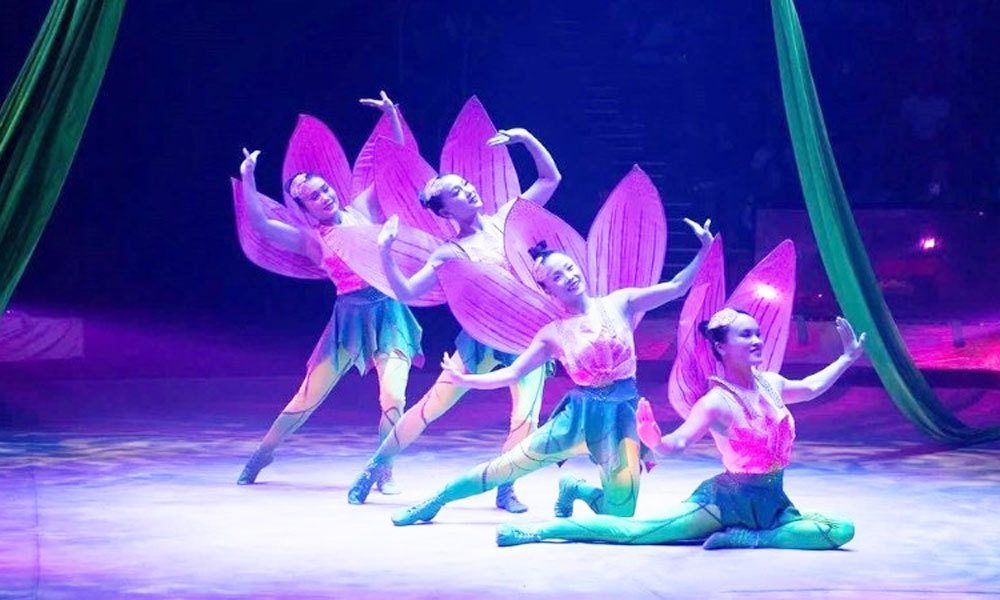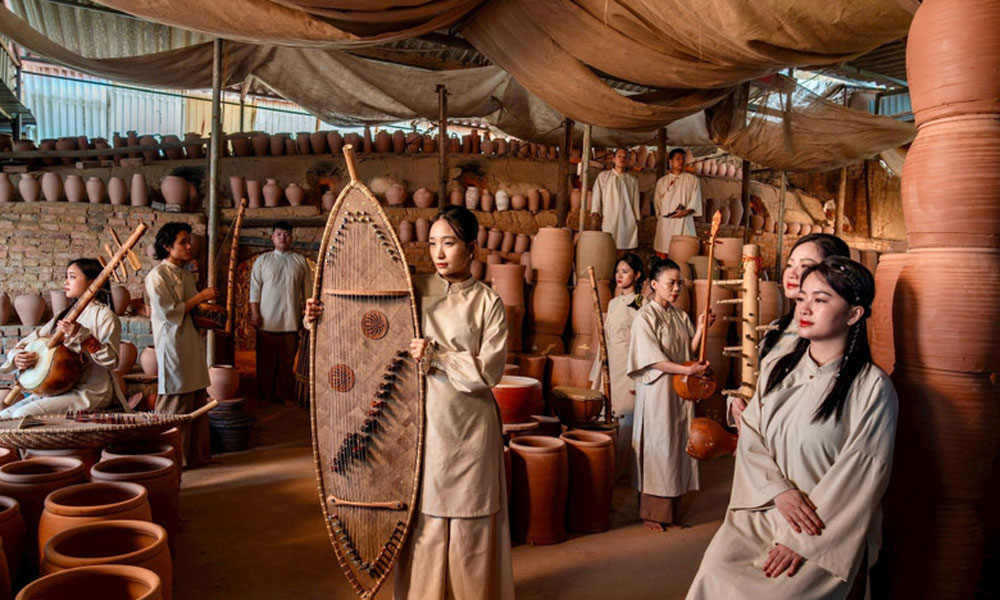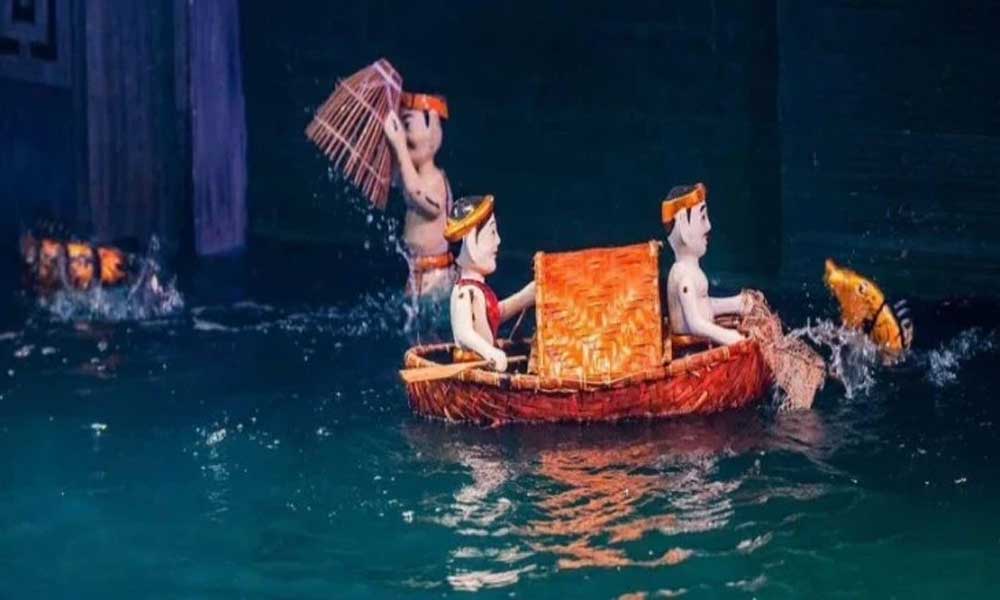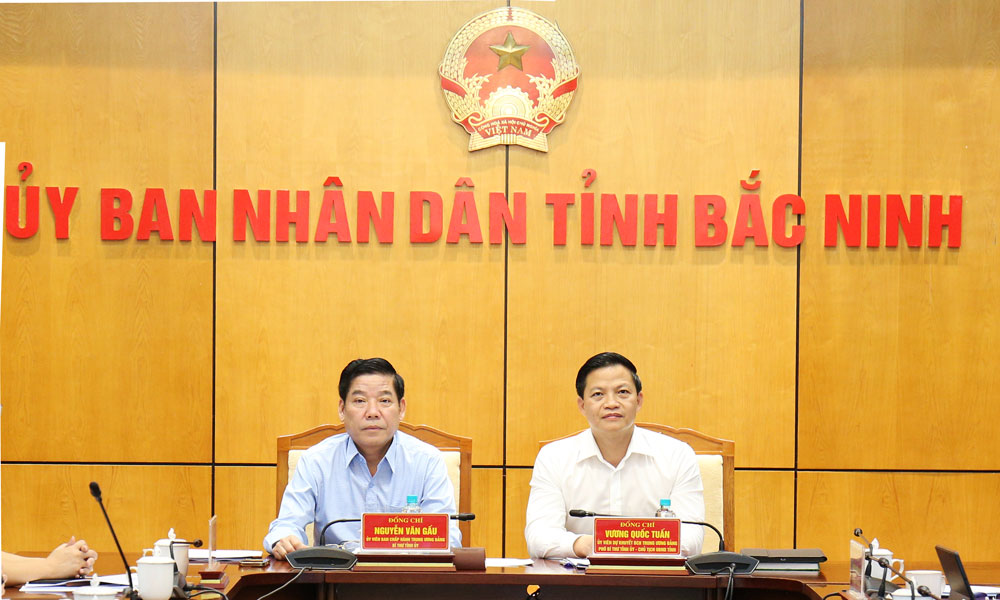An ancient Bac Ninh beneath the earth
BAC NINH - Since the dawn of human history, people have lived in Bac Ninh. During his lifetime, Professor Tran Quoc Vuong, a renowned historian, affirmed in his research on the geo-culture of Bac – Kinh Bac region that, with its strategically important location and long-standing history, Bac Ninh has been a point of cultural convergence.
It witnessed the integration of indigenous traditions with external influences such as Chinese, Indian, and Cham cultures, creating a unique, multi-layered cultural space that has endured from prehistoric times through the Ly and Tran dynasties.
 |
|
An archaeological excavation at the ancient Luy Lau Citadel in April 2025. |
Modern researchers recognize Bac Ninh as one of the northern localities with the highest density of archaeological sites.
Its archaeological landscape is both vast and diverse, featuring ancient settlement sites in the Yen Tu mountain region; Dong Son cultural relics along the Dau and ancient Tieu Tuong Rivers; and the administrative and commercial hub of Luy Lau during the Northern domination period, associated with the spread of Buddhism through Dau and To Pagodas.
Through the Ly, Tran, Le, and Nguyen dynasties, the region continued to accumulate a dense system of archaeological remains, including Phat Tich Pagoda, Dam Pagoda, Do Temple, the tombs of the Ly kings; then Bo Da Pagoda, Vinh Nghiem Pagoda, and relics associated with the Truc Lam Yen Tu Buddhist Zen sect; Xuong Giang Citadel, sites related to the Yen The Uprising, and ancient villages like Tho Ha and Van Ha - all of which preserve deep cultural layers of the nation's history.
The archaeological heritage of Bac Ninh reflects a continuous cultural evolution, from the Dong Dau and Go Mun cultures (prehistoric period), to Dong Son, Han-Tang (early historical period), and the era of national independence under the Ly, Tran, Le, Mac, and Nguyen dynasties.
 |
|
Architectural decoration materials from the Ly – Tran era found at Tinh Lu Pagoda site in Dong Cuu commune. |
Hundreds of thousands of artifacts have been uncovered through research and excavations, from stone tools, bronze items, ceramics, and bronze drum molds to architectural remnants, tombs, Buddhist towers, and ceramic kilns. All serve as vivid evidence of uninterrupted human settlement and the flourishing civilizations that thrived over millennia.
The value of Bac Ninh’s archaeological heritage goes beyond academic research and traditional education; it is a powerful resource for developing spiritual and cultural tourism, and for shaping the identity of a modern urban area.
Therefore, the planning, preservation, and promotion of these ancient cultural layers are shared responsibilities of today’s generation.
 Bắc Ninh
Bắc Ninh















Reader's comments (0)